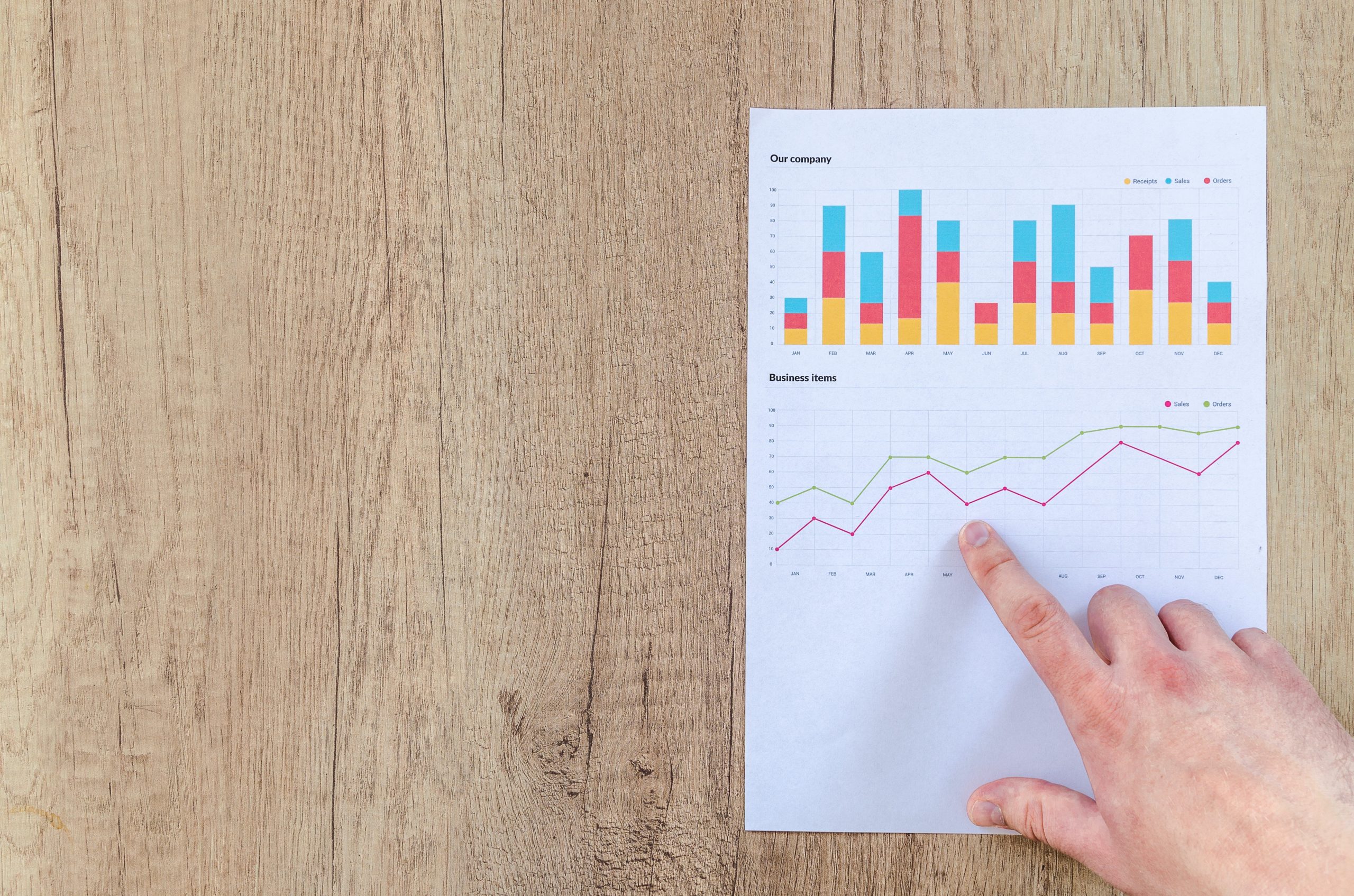
Key Points
- Discrete data is qualitative data.
- Continuous data is quantitative data.
- Simply put, discrete values are finite, and continuous values are infinite.
When it comes to Six Sigma, data is your lifeblood. The ability to interpret what the data is saying is how you know whether you are on the right path. Further, it shows how you’re achieving your goals and objectives and avoiding roadblocks on your journey toward success. Accurately collected and analyzed data is almost as good as a conversation between you and your customer. It tells you what it wants or needs.
There are different types of data, the distinctions are important because specific types require specific analysis methods. Discrete and continuous data are two of the main data types you will encounter in LSS.
They are both important for different reasons and allow for various types of analysis. Data is everywhere in businesses built on processes. It is critical that you understand the difference between these two so that data is corrected correctly, and used effectively.
What is Discrete Data?

Discrete data is a type of qualitative data. It is defined by distinct points and can therefore only be represented numerically. Each case (i.e. each group) in discrete utilizes counting procedures to gain results. It can also be used to determine variances in processes for statistical reasons.
The Benefits of Discrete Data
Discrete data is easy to identify, manage, and analyze. As a result, it is easily classified into one of two groups: pass or fail. This makes it easy to determine if a process is improving or not because there is no ambiguity about whether or not a discrete element has passed or failed. For example, you are trying to improve your production line efficiency by reducing the number of defects per unit produced. You can simply count how many defects there are and measure that against your goal of zero defects per unit.
Discrete data is accurate and not very prone to error. It allows you to break down your results so that they’re easy to understand and compare with each other. Because of this, it is often used when you want to compare two things that are different from each other, such as age or gender.
Discrete data provides a good understanding of the relationships between variables. It is also easier to analyze discrete data because it does not have as much variation. This makes it easier for you to make predictions about future outcomes based on past results.
How to Create and Calculate Discrete Data
Discrete data is both calculated and created.
Discrete data is created by counting the number of times an event happens. This can be done manually, as in a tally. You can also use computer software that counts the number of events and displays that number on the screen.
To calculate discrete data, you must first identify the range of values that might be present in your data. One way to do this is by using a histogram (or frequency distribution). A histogram shows how many times each value appears in your dataset. You can use this information to find out the minimum and maximum values for your discrete data. Once you have those values, you can use them to create a table of discrete values. The table will show how many times each possible value occurs in the dataset.
The process of calculating discrete data is similar to creating it. The difference between the two processes is that when creating discrete data, you start with no values at all. When calculating it, you start with some sort of initial set of values (such as those provided by a histogram) that then gets expanded into a full set of values through some mathematical process or other means (like adding more numbers together).
What is Continuous Data?
Continuous data is data that can be measured on a continuous scale, taking on a continuous range of values. In other words, it has an infinite number of values between two points. There is no finite limit to the number of values that can exist within the range of measurements. In Lean Six Sigma, it is often indicative of the amount of time it takes for something to be completed.
The Benefits of Continuous Data
Continuous data is beneficial in Lean Six Sigma because it empowers a business to analyze its processes in an ongoing manner. This allows the company to make changes to its processes as needed, rather than relying on discrete measurements that may not be representative of the overall process.
Continuous data also allows for a more accurate representation of the data. Continuous data can be used in scenarios where there are no distinct boundaries between groups or subgroups. Such as when calculating the average weight of a group of people.
This type of data is typically best supported by statistical analysis and modeling. For example, if you wanted to determine whether there was a correlation between the number of hours worked per week and your annual income, you could use continuous data to calculate this relationship.
Additionally, it supports scenarios where you want to measure your performance over time (such as customer service calls). Further, you can make adjustments in real-time (such as making changes based on customer feedback or adjusting production based on demand).
How to Create and Calculate Continuous Data
There are two ways that continuous data is created and calculated:
- Continuous data can be created by measuring an object at one point and then calculating it at another time point. For example, when you measure the height of your child over time to see how much they’ve grown. You could also measure the distance between two points on a graph, like the distance between two dots on a scatter plot.
- Continuous data can be calculated from other types of data. For example, if you have a set of discrete values that represent measurements taken over time, you can use those discrete values to calculate an average value for each time point.
Continuous data is usually created by measuring something that has an infinite number of values (such as time) or by counting things that have an infinite number of elements (such as people). It can also be calculated using formulas that involve dividing one value by another (such as velocity).
Discrete vs. Continuous Data: What’s the Difference?

In the world of LSS, continuous data and discrete data can both be used to describe a process. However, they are very different types of data. As such, there isn’t a debate of discrete vs. continuous data, but rather applying them in the correct context.
Continuous data is typically measured on a scale with an infinite number of possible values between two points. For example, height is continuous; you could be at any height between 1 foot and 6 feet. Continuous data is usually measured using a ruler or measuring tape.
Discrete data is measured using a whole number, such as how many apples you have in your grocery cart. Discrete data is usually measured using a counter or tally sheet. In other words, discrete data values are finite, and continuous data values are infinite.
Understanding Your Tools
While we’re harping on about discrete vs. continuous data, it is important to note the tools of the trade. Charts are the endpoint for any data analysis, providing a detailed visualization of data as needed. Discrete data often relies on pictographs or bar graphs for depicting values.
You have more flexibility for continuous data. You can use the aforementioned bar graphs, but can also things like line graphs and scatter plots to interpret it.
Discrete vs. Continuous Data: Who Would Use Discrete or Continuous Data?
The intended audience for either discrete vs. continuous data is the same: any person or organization looking to improve a process. That said, the person or organization will need one or the other, depending on what they want to improve, and where they are in that process.
For example, the intended audience for discrete data could be anyone who needs to know how many units are produced by a machine or process over time. A manager may want to know how many units each production line can produce per hour, so they would use discrete data to track this information.
The intended audience for continuous data is anyone who needs information about how long it takes for tasks to be completed. For example, that same manager may be improving the same process, but in need of different information from a slightly different angle. Instead of tracking how many units an automated line produces, they may want to know how long it takes for one task to be completed by one person. Continuous data is how they obtain this.
Discrete vs. Continuous Data: Real-World Scenarios

When choosing between discrete and continuous data, it’s important to consider the nature of your data—what it means, how it’s collected, and how it will be used.
Discrete data is best when you want to look at individual instances of something, like a person’s height or eye color. It can be used to represent characteristics that don’t change over time, like birth dates or addresses. Discrete data is also useful for representing non-numeric values such as gender or ethnicity.
Continuous data is best for things that are measured or recorded over time or space (like temperature or elevation), or things that have values on a scale rather than in categories. Continuous variables can be thought of as “how much” something has (like distance) rather than “what kind” something is (like an eye color).
Other Useful Tools and Concepts
If you’re on the hunt for more tools, you’re in the right place. You’d do well to look into implementing the Toyota Production System in your organization. This isn’t just an approach for manufacturing, but something that applies to a slew of industries.
Further, you can achieve consistent quality through the use of Deming’s 14 Points. This is a comprehensive roadmap to achieving goals within an organization while honing in on greater productivity.
Making Sense of Your Data Sets
As you can see, discrete and continuous data come in different formats and have a lot of potential uses in business decision-making. However, they can also be confusing to understand at first glance because they’re not used much outside of the world of statistics and analytics.
If you’re working on a project that requires reasoning about customer behavior or manufacturing processes—or any other situation where your data doesn’t fit into neat little boxes—then it’s worth spending some time getting familiar with these concepts so that you know what tools are available for making sense of your data sets.